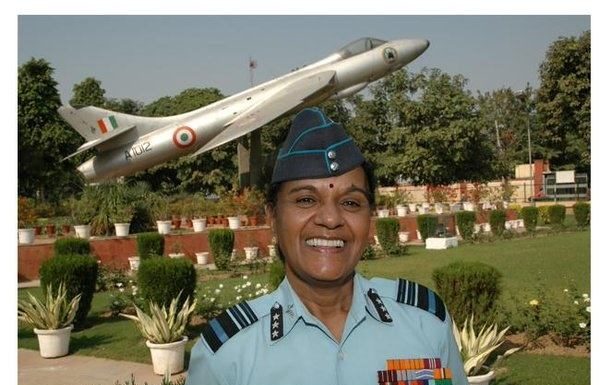Let’s admit it: We rarely give a thought to the convenience of other people (especially when they are differently abled)! For if we did, why is it that we rarely find ramps at any building? In fact, whether we talk about public utilities (such as buses, trains, or bus stations and railway stations) or talk about places (government buildings or housing colonies), you will rarely encounter a ramp along the way! In fact, even schools and colleges across the country seldom have ramps to aid people who cannot walk.
Similarly, you will rarely find help being made available to people who cannot see. While it is true that at least our currency notes possess identifying traits to help people discern the currency they cannot see, measures to help the blind are too few and far between. In fact, it was only in 2005 when for the first time an Indian airline company (Jet Airways to be precise) introduced an in-flight safety instruction manual in Braille, displaying the much-needed sensitivity towards people with disability.
However, even after all these steps, the grim reality still remains that India — to a large extent! — lacks sensitivity towards differently-abled people. That, of course, needs to change! So, what steps can the government take to make India more accessible to people with disability? Well, let us take a look at some of these steps:
- All instructions in Braille: An important step that can ensure more ease for people who are visually-impaired is putting all instructions out in Braille. This not only includes the in-flight safety instruction but all important information, such as government rules and regulations, including law-books, newspapers, etc.
- Ramps at all public buildings: Assuming that everyone has the use of their legs is a walking man’s naivety. Hence, all public buildings (including educational institutions) must have ramps, helping make navigation easier for people in wheelchairs.
- News (with sign language): Once Upon A Time, news on TV was accompanied with sign language. Of course, as the fight became about TRPs and viewership, the companies saw little reason to cater to people with hearing disability. However, it is now time that we become more sensitive to the needs of people who have auditory impairments so they too become part of the mainstream viewership.
The reason people assume that there is precious little that we can do to bring the differently-abled to mainstream, is because of a lack of understanding and a lack of sensitivity. After all, with innovation and careful thinking, there is a lot that we can actually do. In fact, the biggest step that we have taken to bring them to the mainstream is by bringing democracy…right to them! Do you know what I am talking about? I am actually talking about the Braille EVMs (or Electronic Voting Machines), which has helped make it easier for visually challenged people to vote for their candidates and not rely on other individuals helping them out.
Of course, the biggest change that needs to come is the change in overall attitude itself! We need to become more sensitive towards people who have limited use of their limbs. This, of course, does not require sympathy; it requires just a little empathy!





























